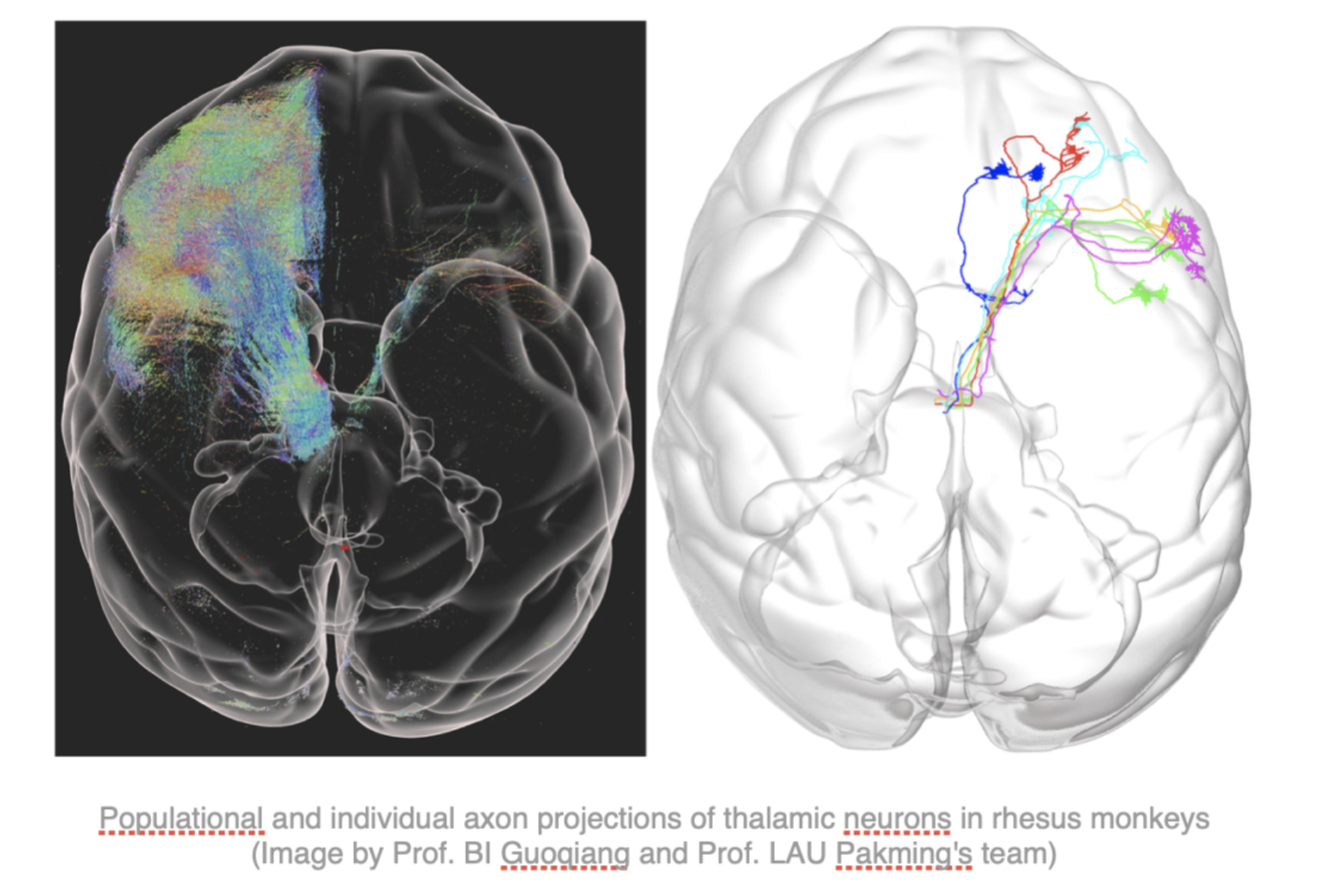30-7 CAS Institute of Zoology applies genome editing to turn adult macaques into phenotypic models of Parkinsons’s disease
Parkinson’s disease (PD), with a prevalence of 2%–3% in people >65 years old, is the second-most common neurodegenerative disorder worldwide [1]. It is typically characterized by a cluster of specific motor symptoms, including bradykinesia, rigidity, postural instability and tremor. The existing classic monkey PD models, which are induced by the administration of neurotoxins such as 1-methyl-4-phenyl-1, 2, 3, 6-tetrahydropyridine (MPTP) or 6-hydroxydopamine, only mimic the symptoms and some of the pathological hallmarks of PD. Researcher around HU Xintian of the CAS Kunming Institute of Zoology, and of Qiu Zilong of the CAS Center for Excellence in Brain Science and Intelligent Technology have used Adeno-associated virus (AAV) as a vector tool and edited known PD risk genes PINK1 and DJ-1 involved in pathogenic mechanism in the substantia nigra of adult rhesus monkeys, building an adult rhesus monkey gene editing PD model. The results showed that adult rhesus macaques edited by substantia nigra in situ showed core clinical motor symptoms of PD, including bradykinesia, tremor, and abnormal posture. Neuroscience Bulletin (2021)

